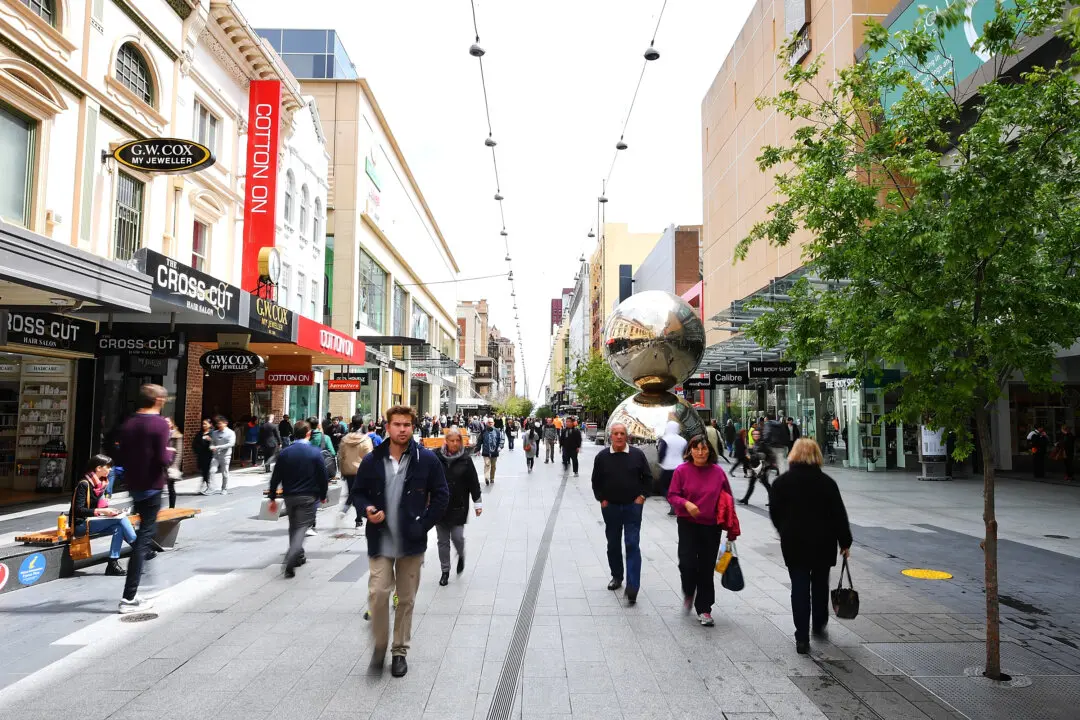A new survey finds 44 percent of Australians want to drink less of quit drinking entirely, according to research from the Foundation for Alcohol Research and Education (FARE).
Many people are driven by health, sleep, and side effect concerns, with 75 percent aiming to improve physical health, 50 percent wanting boost mental health, and 22 percent hoping to improve sleep, while 22 percent dislike how alcohol makes them feel.





